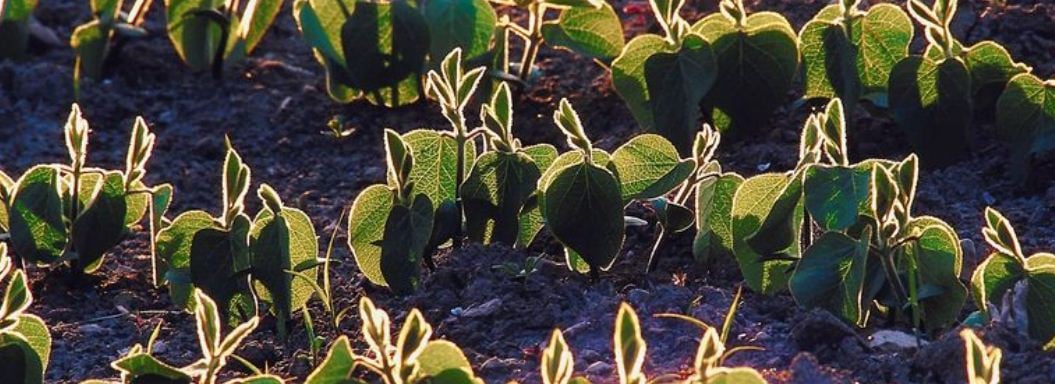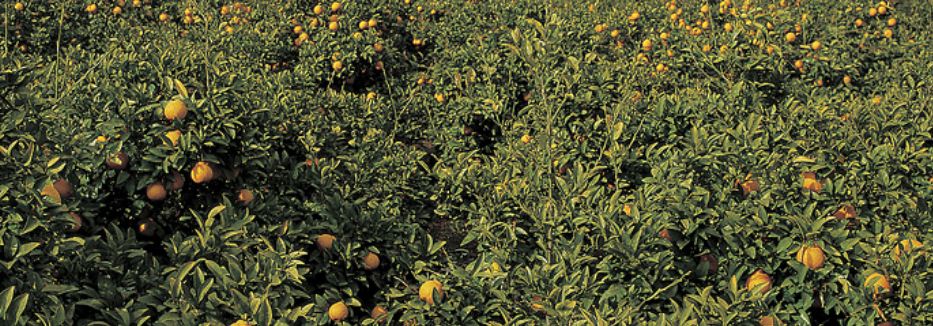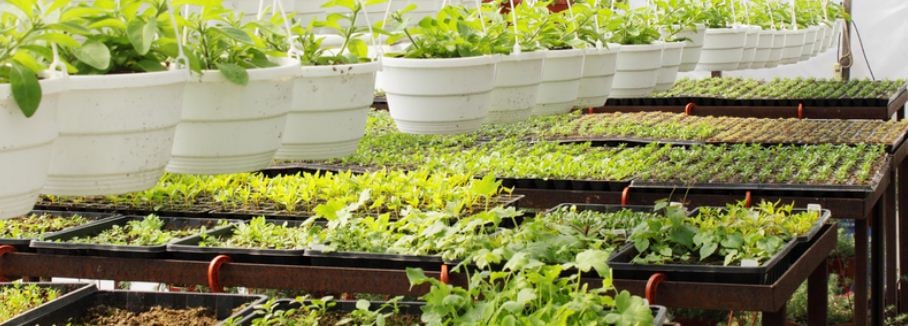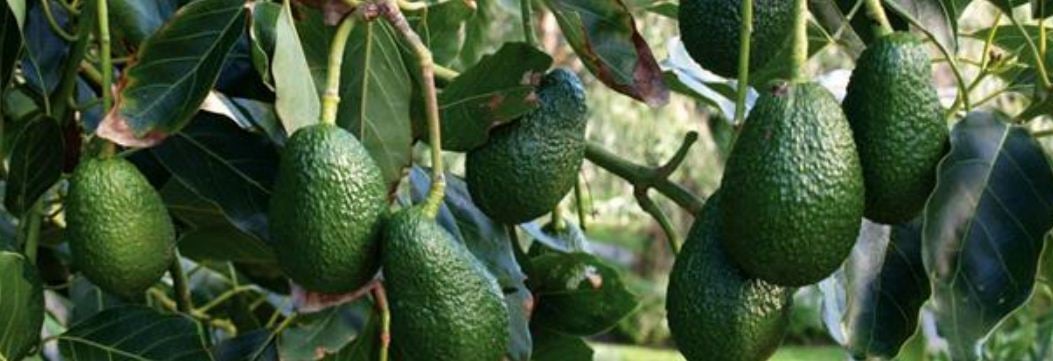Ways to Start a Soybeans Farming Business

Soybeans, or soya beans, are a protein source for body nourishment for children and adults.
Soybeans are used in producing varieties of foods such as soy sauce, soy milk, oil, tofu, and also used in making animal feeds. And this makes soybeans one of the best farming businesses you can think of.
The soybeans farming business is one of the most profitable farming businesses you can engage in because of its high demand and its use worldwide.
Soybeans are protein-rich in food, and their demand has increased in many parts of the world. It is also straightforward to plant and cultivate, making it a profitable farming business that will provide you with a regular income.
So if you wish to start a soybean, the tips below will guide you on creating a soybeans farming business.
1. Know The Variety Of Soybeans You Want to Specialize on
Deciding the type you want to engage in is essential in starting a soybeans farming business.
Because many types of soybeans may vary, some can be affected by climate conditions or soil characteristics, including soil moisture and its compositions. So it is advisable to know the variety that grows well and when is the best time to plant it.
In a situation whereby Knowledge about the different types of soybeans, including their uses and the more profitable ones, will help you to decide on the one you can operate on.
Soybeans types include Green soybeans or green-seeded soybeans, Black soybeans, and Yellow soybeans. The green soybeans are mainly used for consumption, the black soybeans are used for drying, and the yellow soybeans have been harvested for processing foods like soymilk.
So you can specialize in one or a type of soybean, depending on your market target. Ensure that you do detailed research about the soybeans type to know their market value and need for each of them in your area.
2. Get a Land
Finding suitable land for soybean farming is essential because it will also enhance your crop's overall growth and production.
If you want a profitable soybean farming business, get at least a plot of land, which is the minimum requirement for commercial soybean farming that provides sufficient space to cultivate a large number of soybeans.
And you have to ensure that the land is fertile enough. If not, can you improve it by applying a mixture of mulch, peat moss, or sand? The waterlogged environment is not a suitable environment for planting a soybean.
3. Soil Requirement
While looking for land, you have to consider the soil in that area to make the soil drains water quickly.
It is not advisable to get land with bad soil compositing because it will affect the growth and development of the soybeans, though bad soil composition can be treated with manure to suit your farming needs.
The best soil for soybeans cultivation should be fertile and well-drained loamy soil.
Therefore, knowing if the soil is suitable for farming practices is essential; you can test the soil by testing it to ensure it has an average pH level to prevent it from having high or low acidity.
The right amount of pH of the soil is supposed to be in the range of 6.0 to 7.5.
4. Land Preparation
Land preparation is essential because it will aid in properly developing and managing your crops.
So it is essential that before you start planting, you have to remove all the unwanted weeds, grasses, and others.
The land needs to be plowed, and condition its soil composition. It can be done manually by hiring a few laborers or can also be done with the use of mechanized farming equipment.
Soybean should be cultivated on a well-crushed bed. The deep smashing of the land surfaces should prepare the land. You should also provide surface drains with a gentle slope for a sound drainage system.
5. Planting and Maintenance
Knowing the best time to cultivate your soybeans and how they can be planted is very important because it will also contribute to your crop's proper growth and development.
Soybean is best planted around May – June and can be due for harvesting around October – November. Also, it is good to cultivate your soybeans when the soil temperature is about 60 F (15.5 C), and the air is expected to be 70 F (21 C).
It is advisable not to plant your soybeans close to onions. While growing your soybean, it is good to permanently change the farmland every three years for a higher yield. In planting your soybeans, endeavor to supply water until it starts growing. There should enough be enough space while planting them, like 4 to 7 inches
6. Soybeans Pest and Diseases Control
In planting your soybeans, you should take proper care of them to avoid pests and diseases. Any effect of the pest diseases on the crop can lead to reduced plant production and decreases the amount of crop production.
Some pests that attack the soybeans' crops are; Pod suckers, bugs, bean flies, caterpillars, whitefly, nematodes, silver leaf, etc.
And this pest and disease can be controlled by buying the recommended pesticides and insecticides, such as Dimethoate + cypermethrin 10EC at 100ml and mixing it in 15 liters of water.
The diseases commonly affecting soybeans are Soya Bean Crop Rust, Soya Bean Mosaic Virus, Bacterial Blight, Frog Eye Leaf, etc., but they can be treated and controlled by removing all the sick plants from the farm.
It can also be controlled using disease-resistant varieties and crop rotation practices.
7. Harvesting
Harvesting soybeans can be complicated and academic. After planting, harvesting starts for three months (100 to 160 days).
The soybeans must have matured at that time and needs to be harvested, and you can know by proper observation during that time that you will notice that about 90% of the pods have turned brown. It is best to harvest in drought weather.
You should also know that the proper growth and development of your soybeans depends on the type of soybeans you planted.
The soybeans can be harvested when they are dry if they are well developed. It can also be harvested when the soybeans are completely dry, and the pods start opening. Therefore, it is essential to know the best time to gather your soybeans.
8. Planting of the Seed
In planting your soybeans, it is required that the seeds are planted very well. You have to sow its root 1.5 inches (3.8cm) deep into the soil and try to space the beans about 3 inches (7.6cm) apart as much as possible. The soybeans should be planted in about 30 inches (76cm) rows.
It is important to note that the seed should face the ground and apply water immediately after planting. These will help to prevent soil diseases and rodents.
The planting can be done manually by placing three or more seeds in the soil and then closing it using the surface soil. Soybeans can also be planted with machines such as a planter or a seed drill, making it faster.
9. Fertilizer Application
Soybeans, as a leguminous crop, do not need many inorganic fertilizers. The crop naturally gives nitrogen to the soil using nitrogen fixation through the plant root nodules.
Applying inorganic fertilizers is unnecessary in planting soybeans unless for particular purposes. It is also essential to know that you can use a fertilizer that contains other soil nutrients after conducting a soil test to determine the nutrients lacking.
Besides nitrogen, a phosphorus supply is also needed in the soybean crop to enhance proper root growth. The amount of phosphorus to be applied should be 30kg per hectare.
10. Marketing
After processing and harvesting the soybeans, the next thing is to market and sell your products. Your target should all these manufacturing companies that use beans for food processing, such as soya milk, tofu.
You must visit these companies and tell them about your soybean farming business. You can also publish a business advert concerning your product in your local agriculture newspaper and magazines.
You can also hire someone to assist in getting contacts from the companies that need your line of business. Also, visit your local markets and supply to them.
Why are Soybeans Useful?
Soybeans are known to be one of the plants that give full protein benefits because they have all eight amino acids that are good for human health.
It contains increased protein that can be seen in grains or legumes. Some fat, carbohydrates, minerals, vitamins, and dietary fiber can be found in soybeans. It can serve as a treatment for many chronic diseases.
In Conclusion
The soybeans farming business is a profitable business that you can venture into due to its rich protein, which increases market demand. And soybeans can also be used as an alternative to meat because it is rich in protein.
Another good thing about this soybean is that it can be preserved longer than other crops. You can store or keep it by drying, canning, and further, so you don’t have to be bothered about its spoilage.
Therefore, starting a soybeans farming business can earn you much profit, but it requires dedication, good management of your crops, and proper care. And taking note of the above tips can also be a guide on how you can start a successful soybeans farming business.




